Cultivating a High-Performance Culture: A Blueprint for Success
In the ever-evolving landscape of today’s workplaces, one question reigns supreme: What sets the most productive, creative, and engaged companies apart from the rest? The answer often boils down to something tangible, yet often overlooked—company culture, specifically, a high-performance culture.
Contrary to popular belief, company culture is not an intangible concept but is deeply rooted in the infrastructure that shapes employees’ path to success. It encompasses HR policies, manager enablement, and people programs that strike a balance between performance and well-being.
Building a high-performance culture isn’t a vague notion. It’s about implementing the right processes, behaviors, and values that empower your employees to thrive and consistently deliver their best. Here’s a guide to get you started on your journey to creating a high-performance culture in your company.
Defining a High-Performance Culture
Before we dive into the how, let’s clarify what a high-performance culture entails. It’s an environment meticulously designed to enable employees to support business objectives and add value to the organization. As per Gartner’s research, it results from continuously balancing investments in people, processes, physical environments, and technology to enhance workers’ ability to learn, innovate, collaborate, lead, and achieve efficiency and financial benefits.
In simple terms, it’s a workplace where employees are not just productive but also highly motivated to surpass their goals, share the company’s core values, and are profoundly aligned with its purpose.
Key Characteristics of a High-Performance Culture
High-performance cultures share similarities with high-performance teams. They prioritize teamwork over individualism, establish common goals, and provide clear direction. Trust and psychological safety are their cornerstones.
Although there’s no one-size-fits-all formula for achieving high performance, successful organizations often exhibit these common traits:
1. Inspirational Leadership: Leaders play a pivotal role in shaping a high-performance culture. They set the tone by embodying the company’s values, fostering trust, authenticity, and mutual respect, and motivating employees to excel.
2. Empowered and Engaged Employees: Strong leadership leads to highly engaged employees. Engaged employees are more likely to go the extra mile, overcome challenges, stay committed, and take pride in meaningful work.
3. Embracing a Growth Mindset: A commitment to continuous learning and growth lies at the heart of high-performance cultures. It encourages employees to generate innovative ideas and prioritize skill development.
4. Trust and Psychological Safety: Trust is the foundation of a high-performance culture. When trust and psychological safety are high, team members feel empowered, take calculated risks, and engage in constructive conflicts, resulting in continuous improvement.
Benefits of High-Performance Cultures
Cultivating a high-performance culture yields a plethora of benefits for organizations:
Improved Performance and Profitability: High-performance cultures are directly linked to enhanced financial results due to increased productivity.
Boosted Innovation and Creativity: Trust and open communication fostered in such cultures lead to greater innovation.
Talent Retention: Employees in high-performance cultures are engaged and motivated, reducing turnover.
Enhanced Customer Satisfaction: Satisfied employees lead to satisfied customers, promoting long-term success.
Cultivating a High-Performance Culture
Creating a high-performance culture is achievable with the right approach:
Prioritize Communication: Foster clear, two-way communication between managers and employees. Regular one-on-one meetings are valuable for ongoing feedback and progress updates.
Define Meaningful Values: Establish company values that matter and embody them in corporate messaging and interactions.
Embrace Performance Management: Create a culture of continuous improvement and feedback. Performance reviews should be part of this approach.
Set Career Development Goals: Show commitment to employees’ continuous learning and growth through development conversations and effective goal setting.
A high-performance culture benefits both organizations and individuals. Engaging employees, supporting them, and empowering them to excel ultimately leads to higher performance and productivity. By focusing on communication, company values, performance management, and employee development, you can set the stage for a culture that consistently delivers its best.




